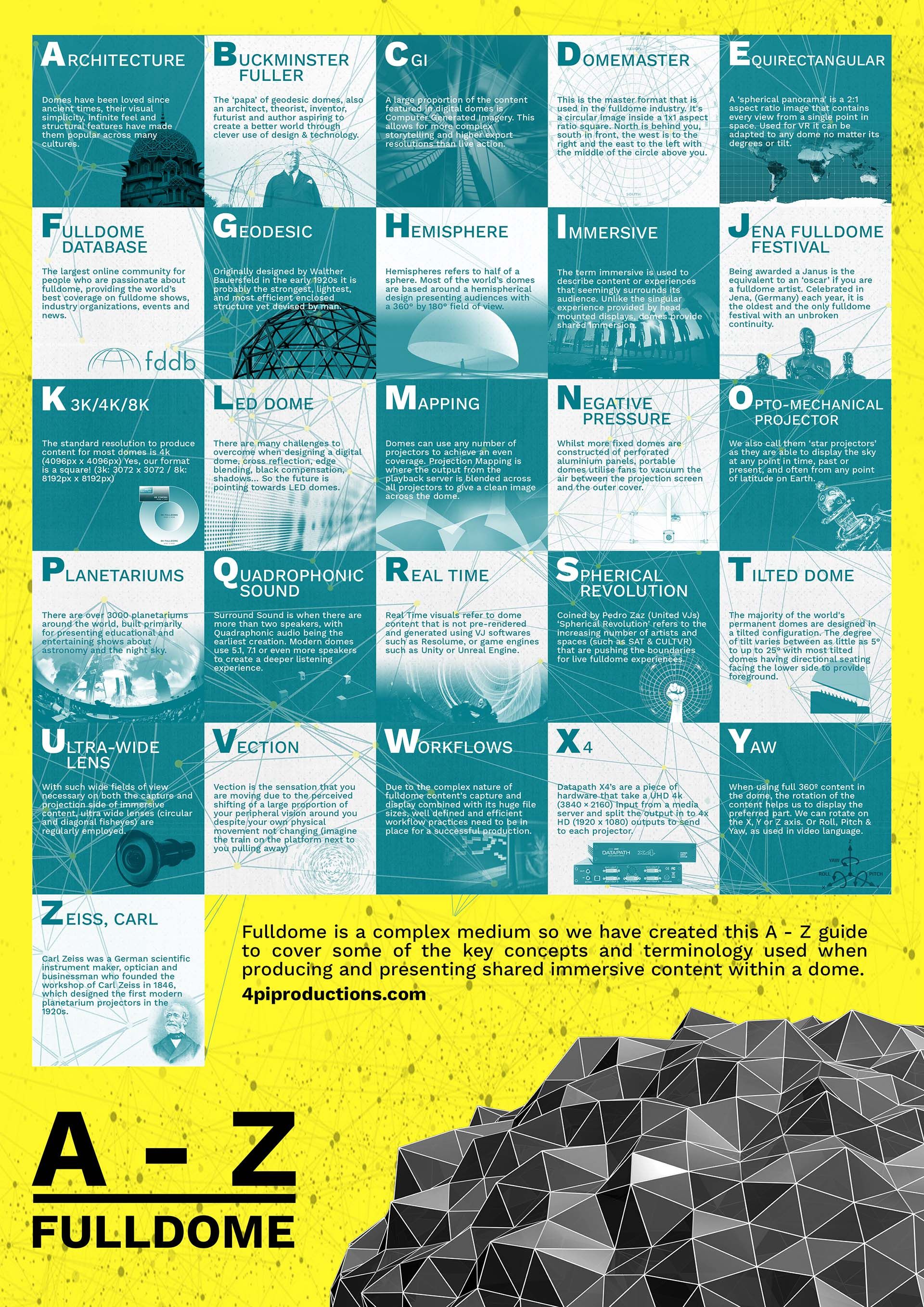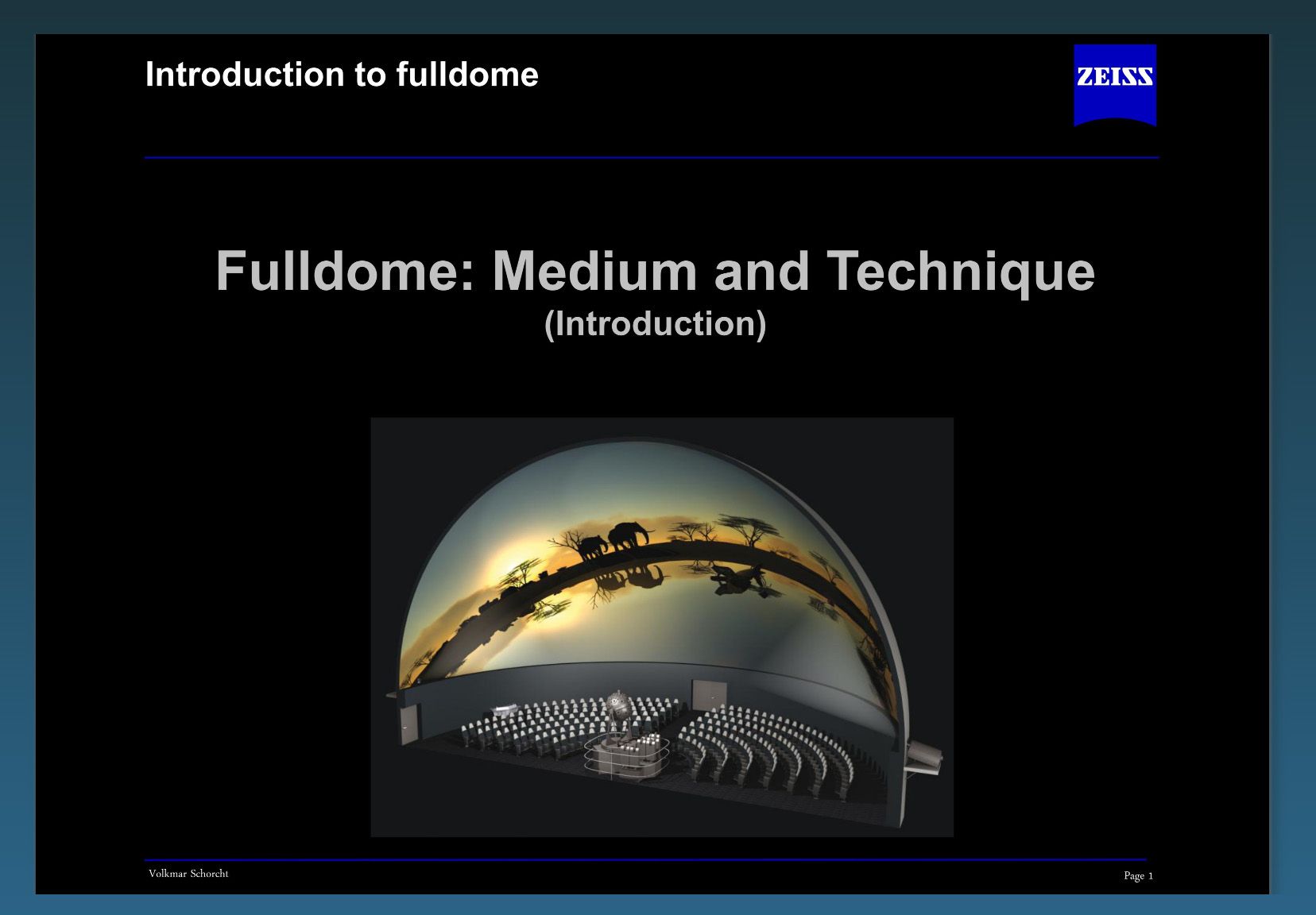Dome Theaters Are Special
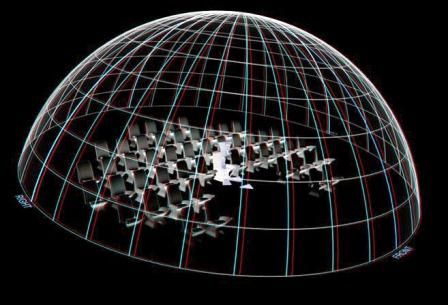
Unidirectional dome theater
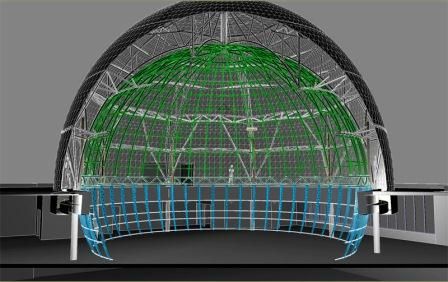
Dome theater with flat floor
What is Fulldome?
Fulldome refers to immersive dome-based video projection environments where the viewer is surrounded by the video projection in a hemispherical angle of view.
The dome, horizontal or tilted, is filled with real-time (interactive) or pre-rendered (linear) computer animations, live capture images, or composited environments. Even though astronomy is the most common topic, there are no content limitations and it’s now used also for entertaining shows and other hyper-realistic presentations.
The modern dome theater is designed as a gathering place for immersive storytelling and experiences.
Unidirectional
Because of their size, fulldome theaters provide a visually immersive experience for large numbers of audience members, while other virtual reality technologies, such as head-mounted displays and CAVEs are limited to one or a few users. Everybody in the dome can experience the immersion without glasses or special devices. All of them can look around independently and preserve the fidelity and the context of the scenery. Audience members tell us that they enjoy the social atmosphere of the dome, interacting with presentations or in some instances with each other.
Large field of view and interaction with the content provided in order to create unique interactive narratives enhances learning processes because the spectators participate in collaborative group-based experiences in domes and spherical theaters where:
- video and audio truly surround the audience.
- present a unique sense of self awareness in time and space
- evoke an emotional response, through sensory deprivation, amplifying our awareness
- demand attention, masking distractions so the audience can easily follow the action
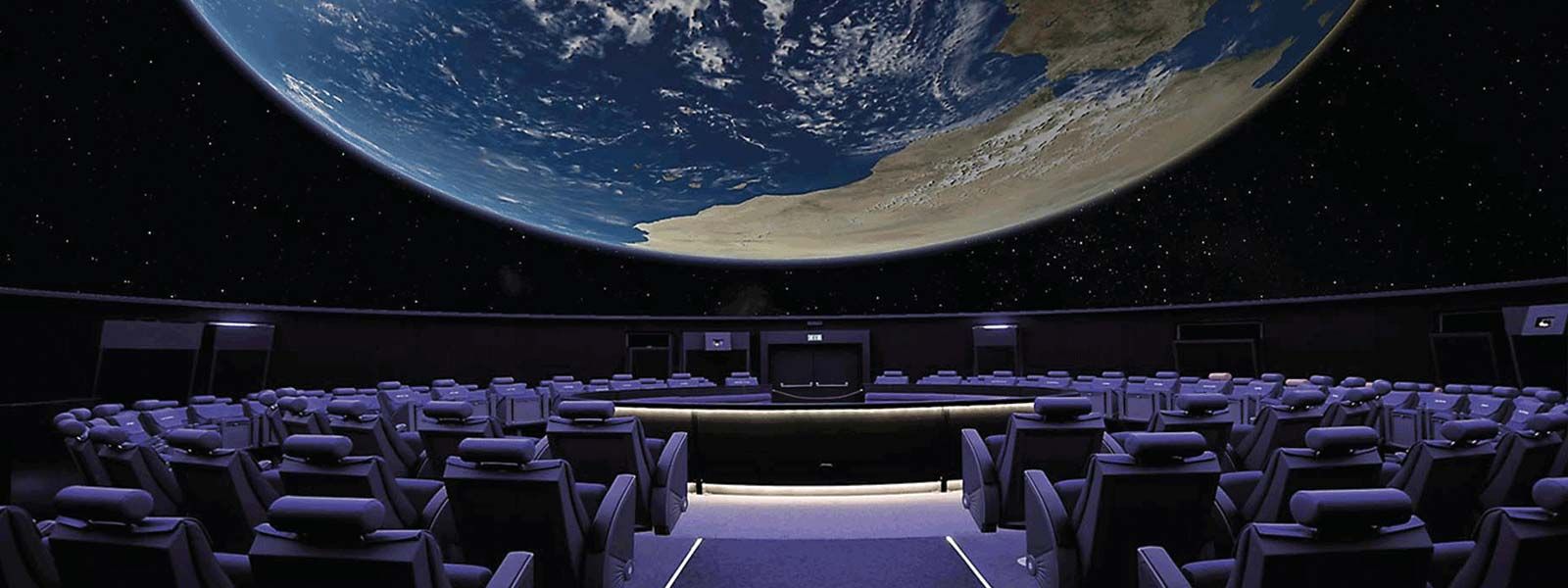
Have you been to a Planetarium recently?
Continuing their legacy of surrounding audiences with a virtual recreation of the night sky, modern digital planetariums have real-time simulation software that recreates an interactive virtual universe inside the dome. These virtual environments allow audiences to gain direct experience about a place or phenomenon that would otherwise be difficult or impossible to observe in real life. Visualizations that dynamically show phenomena from multiple vantage points, coupled with a curriculum explicitly designed to address popular misconceptions, have become powerful educational tools.
In the last two decades we have witnessed a dramatic convergence of technologies and techniques under the dome, fueled by the convergence of virtual reality, numerical simulation, 360 cinema and immersive performance arts.
Introduction to Fulldome
Provided by ZEISS and Volkmar Schort
Fulldome A to Z
This glossary of Fulldome terms A-Z is provided by our friends at 4Pi productions.com
